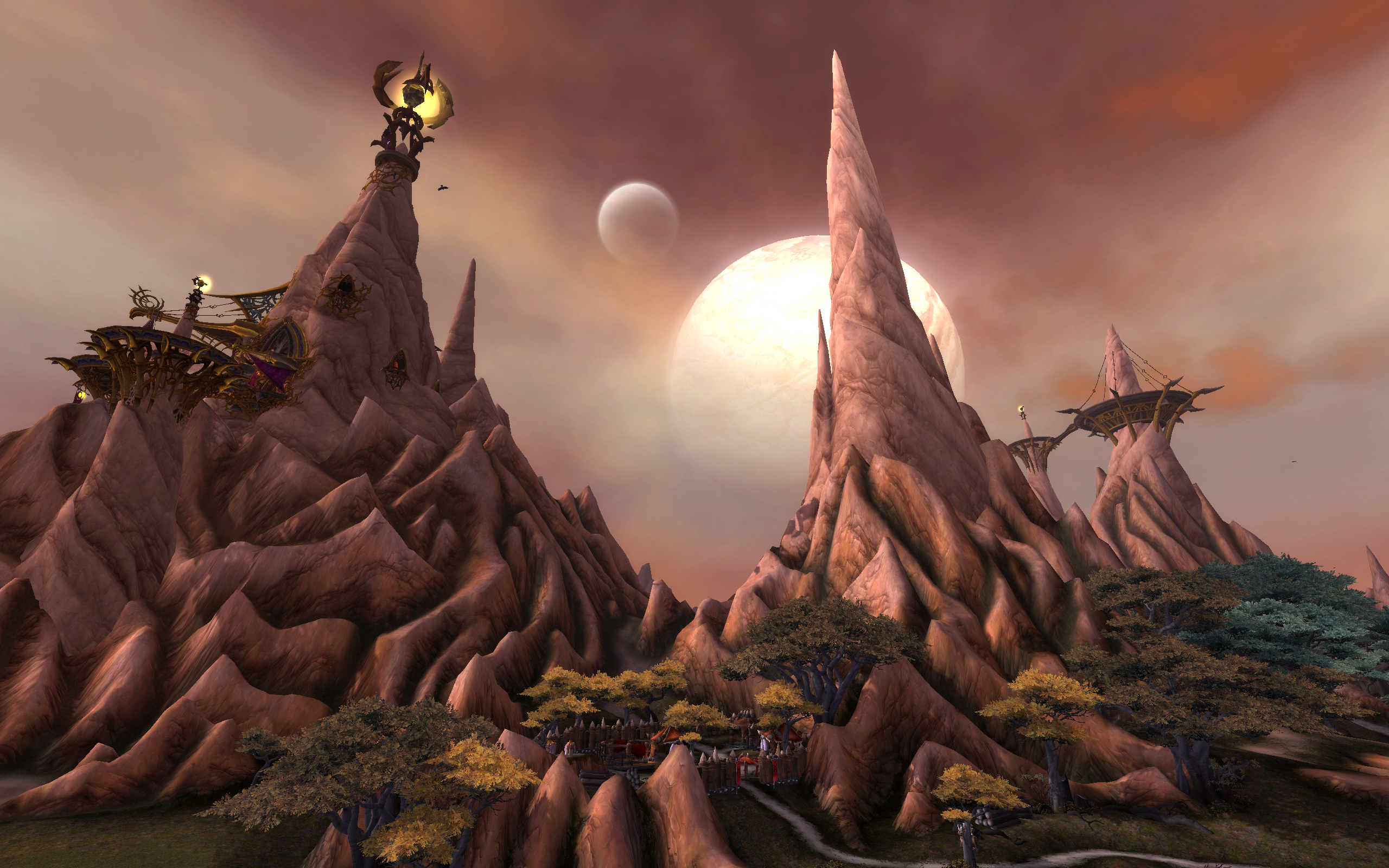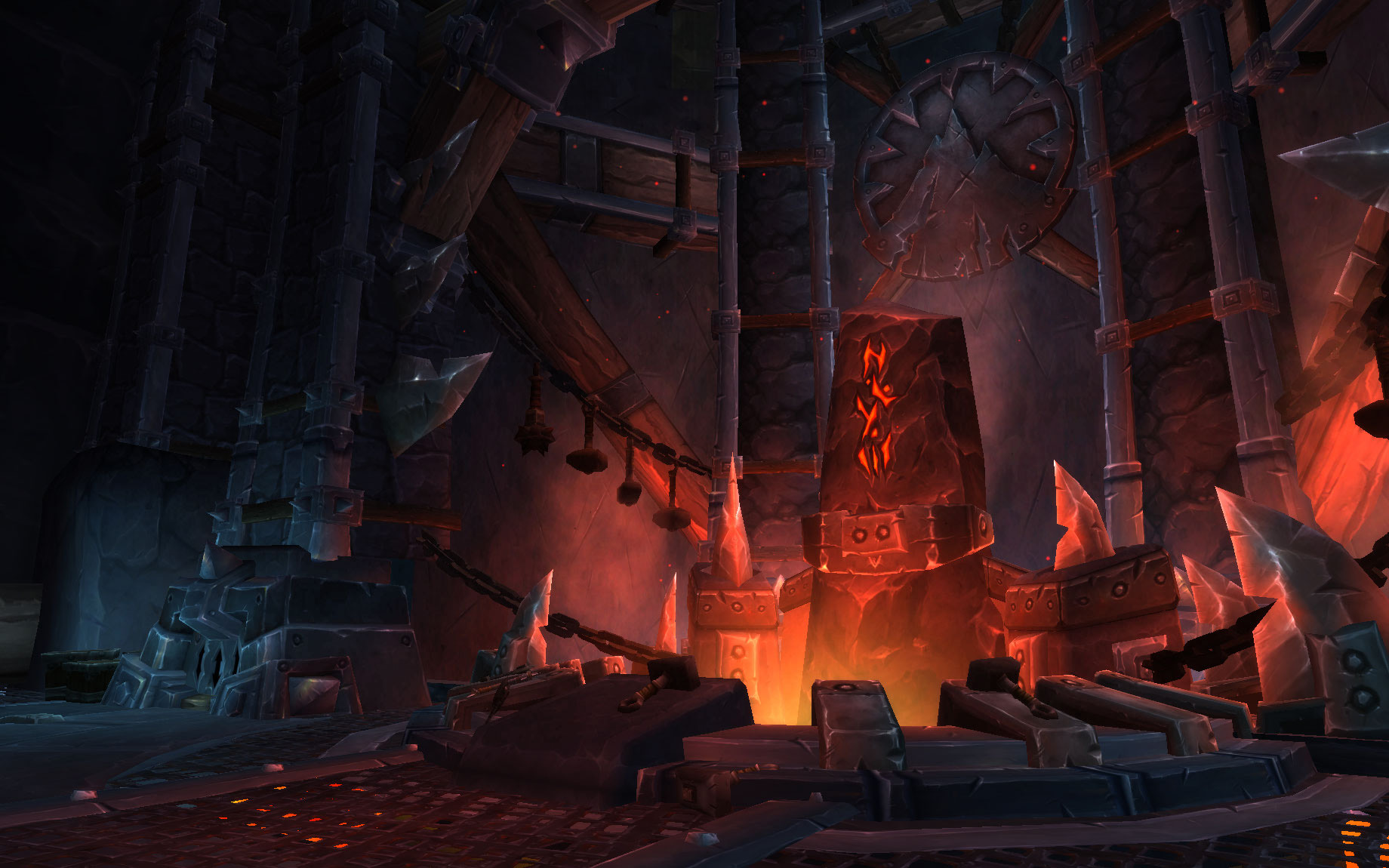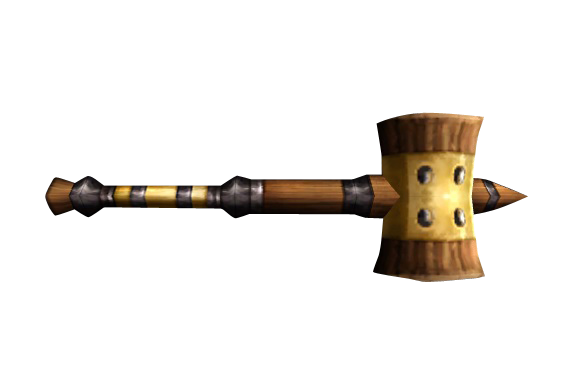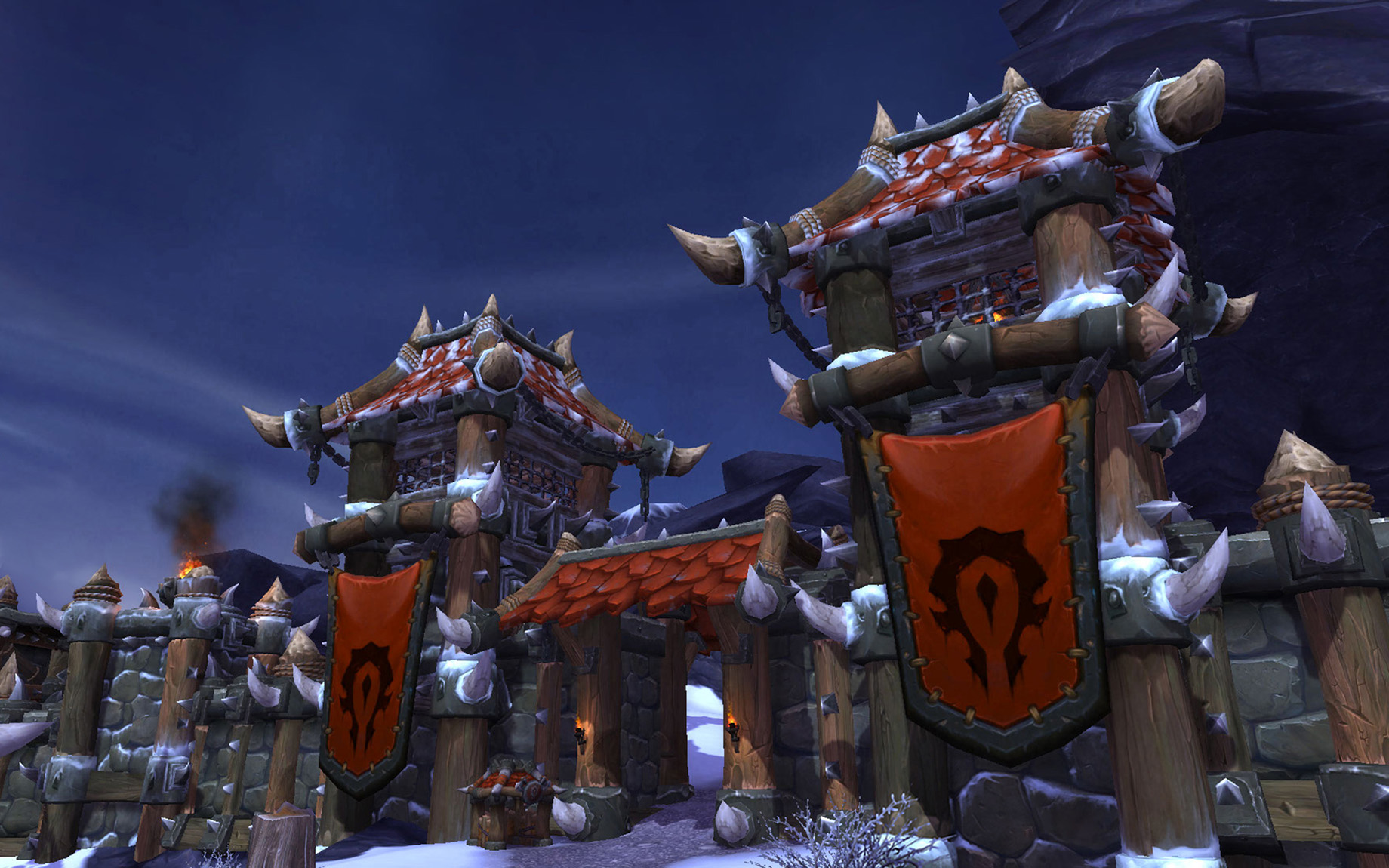Ten trailblazing years of World of Warcraft

“We want to let those who want to experience the content, experience the content; it’s important that you get to see the ending of the story,” Hazzikostas tells me. “So ultimately I think we’re just trying to allow as many people to experience the content in the way they want to experience it. And even if that means a little more work for us, it’s worth it.”
That story is important, likely more so than it is for other MMOs. Part of the flagging interest in World of Warcraft circa 2010 might have originated in the death of the Lich King, a beloved tragic figure whose story had been the driving force behind Blizzard’s immensely successful Warcraft III strategy game. The memorable stories behind Warcraft III had helped lure in much of World of Warcraft’s early audience—myself included—and with the Lich King’s death, some players worried that there were few fights in the Warcraft universe to look forward to.
Blizzard had other strategy games in the series, of course, and it turned to the dragon Deathwing last known from Warcraft II for its Cataclysm expansion. But Deathwing just didn’t have the drawing power of the Lich King, whom players had seen transformed from the optimistic, hopeful Prince Arthas Menethil into an evil warlord. It was a very personal story.
Deathwing was so much larger than life that you didn’t really see him or interact with him.
“Part of the issue with the relatability of the Cataclysm villain was that Deathwing was so much larger than life that you didn’t really see him or interact with him or have a sense of him,” says Hazzikostas. “He was literally the size of a city. You fought on his back when you finally encountered him.”
For the 2012 expansion, Mists of Pandaria, Blizzard took the story in directions unexplored by the strategy games of yesteryear. The new star of the show was the son of Warcraft III’s central characters, but his narrative takes place entirely within the context of World of Warcraft. He was discovered in The Burning Crusade expansion, led the Warsong Offensive in Wrath of the Lich King, became the Horde’s new warchief in Cataclysm, was a massive jerk in Mists of Pandaria, and now he’s at the centre of the time-travelling antics in the upcoming Warlords of Draenor expansion. Within the game itself, World of Warcraft found that personal focus once again.


Gorehowl
The axe of Grom Hellscream of Warcraft III fame. It's kind of weak despite its importance. Looks cool, though.
Arcanite Ripper
An homage to the beloved Arcanite Reaper of early WoW, it transforms you into an Undead who wields it as a guitar.
Corrupted Ashbringer
It talks, it steals from your foes, and it turns friendly factions against you. Puts legendaries to shame.
Quel'Serrar
An early tanking weapon nonpareil, it needed to be forged in dragonfire. Onyxia's dragonfire, specifically.
Shadowstrike
Renowned for its uselessness but cool looks, and famed among all early WoW raiders as 'Vendorstrike'.
The Stoppable Force
Blizzard humour at work. This weak, common-level weapon complements its awesome, 'unstoppable' counterpart.
“I think we’re happy to be able to rest on the very strong foundation of the strategy games,” says Hazzikostas, “but at this point, the story of Warcraft is the story of World of Warcraft, and it continues to be told with every new patch and every expansion.”
Some players worry that World of Warcraft is rapidly running out of settings for new expansions, and the return to the orcish homeworld of Draenor (altered by time though it may be) does little to quell these fears. But Chilton believes these concerns have little foundation. He tell me that huge sections of the established World of Warcraft lore remain unexplored: settings such as the Emerald Dream associated with the Night Elves; the world of Argus, where the Burning Legion started; even the “big ogre continent on Draenor where the ogres originally come from.”
Keep up to date with the most important stories and the best deals, as picked by the PC Gamer team.
“People have been eating Tel’abim bananas in World of Warcraft for a long time,” he says, laughing, “but they’ve never been to Tel’abim.”
After a decade of watching World of Warcraft build up so many features and content, Chilton is just as occupied with taking things out of the world. “I think the game can only support so much complexity at any given time,” he tells me. “Even while some features were cool and interesting, we have to find ways to phase features out to make room for new features.”
The most recent example of this ‘phasing out’ was the removal of flying mounts for Warlords of Draenor, as the team had come to believe that they removed too much of the fun of exploration.
“In some ways,” Chilton says, “I wish we had kept some features bound to the expansions they lived in to make room for more innovation without players feeling like we were taking something away.” He points to the Archaeology profession introduced in Cataclysm as an example; he wishes they’d removed it in time for Mists of Pandaria. It’s a practice he intends to follow in the future. The garrisons introduced in the upcoming Warlords of Draenor expansion, for instance, won’t carry over to whatever comes next.
And what does come next? The future presents its own challenges, and Chilton in particular is well aware that World of Warcraft owes part of its success to timing. In 2004, he notes, the very idea of getting online and playing with a bunch of people still seemed like the stuff of science fiction. There was a magic about it that’s since been lost in this world of constant Facebook and Twitter connectivity.
“I remember getting on Ventrilo for the first time with my guild in like December 2004 to do a Blackrock Depths run, and it blew my mind to hear this guy with this deep Texan accent,” he says. “Some guy was playing from Europe, there were two college kids from the northeast, and we’re all sitting there, running a dungeon, and we’re all starting to talk. That was the first time I’d ever experienced anything like that in my life as a gamer, and I think World of Warcraft was that for so many other people as well.” Today, he says, “that’s just how computers work; that’s just how the world works.”

In the meantime, World of Warcraft’s original fan base has got old. “I think the players who have been with us for ten years have certainly changed,” Hazzikostas says. “I mean, my guildmates as a player were mostly college students when World of Warcraft first came out, and now they have families and careers and a ton of things pulling them in different directions.”
The challenge World of Warcraft faces in the future, he says, is to attract high school and college students finding the game for the first time and allowing flexible playtimes for all types of players.
Many members of the new generation are used to what Hazzikostas calls “high tutorialisation,” and as such, he’s worked on improving the starting experiences to attract new players. This carries over into all aspects of the game’s design. He’s particularly proud of the tutorial system for Warlords of Draenor, which neatly explains such core massively multiplayer essentials as clicking on an NPC, looting a corpse, and similar activities.
Players who have been with us for ten years have certainly changed.
“We have to strike a balance between staying true to what we are while still continuing to innovate,” says Chilton. The key to that balance lies in evolving. “Otherwise you lose your existing audience,” he says. “At the same time, you can’t evolve so quickly and drastically that you also lose your existing audience.”
But Blizzard is keeping pace with the times, he notes, and the team’s already started work on the next expansion. Afrasiabi claims he already knows how it will all end, but like Chilton, he believes there’s a least ten more years of content to worry about before they reach that point. And it’s a journey they all look forward to.
“I’m sure we’ll get somewhere great in the next ten years,” says Chilton, “but we’ll get there one step at a time.”

